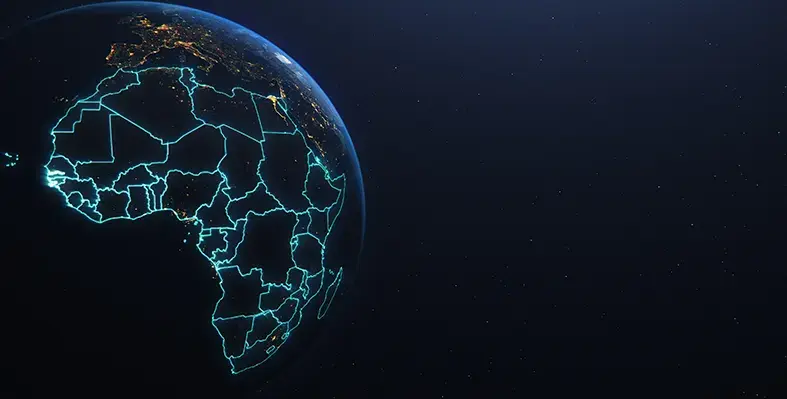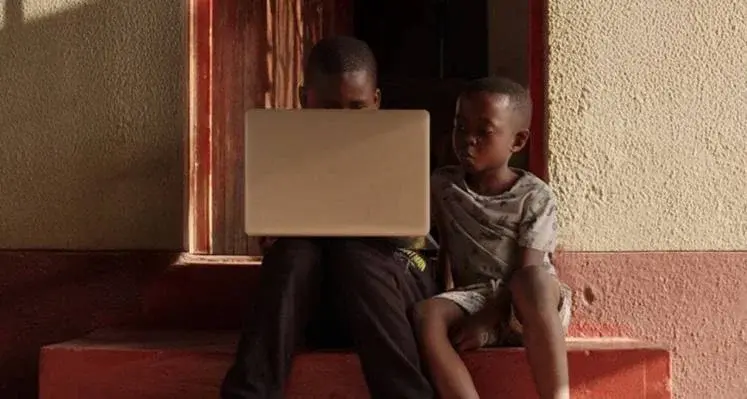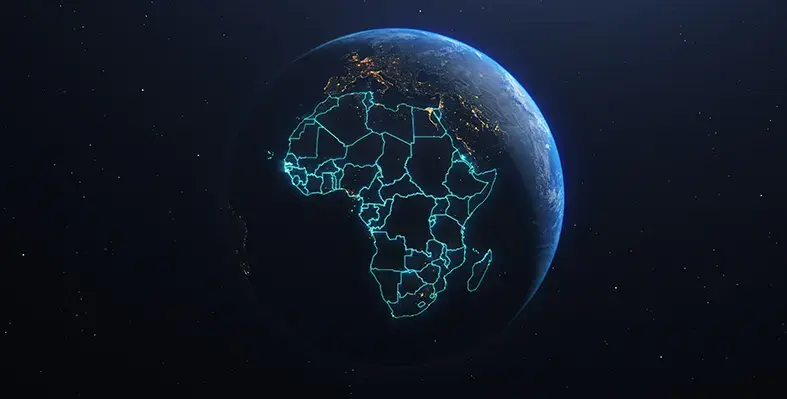South Africa has successfully launched into space the continent’s most advanced nanosatellite to date, the ZACube-2, Science and Technology Minister Mmamoloko Kubayi-Ngubane has said
ZACube-2 is South Africa’s second nanosatellite to be launched into space and three times the size of its predecessor, TshepisoSat. It will provide cutting-edge remote sensing and communication services to South Africa and the region.
The satellite took off at 4.07am on 27 December 2018 with the Russian Soyuz Kanopus mission from the Vostochny spaceport.
Kubayi-Ngubane commented, “This satellite will help us monitor our ocean traffic as part of our oceans economy and also monitor veld fires and provide near-real-time fire information ensuring a quick response time by disaster management teams.”
She added that the satellite was developed by some of South Africa’s youngest and brightest minds under a programme representing the country’s diversity, in particular, black students and young women.
According to the department of science and technology, the satellite is a technology demonstrator for ‘maritime domain awareness’ that will provide critical information for the country’s oceans economy.
It will monitor the movement of ships along the South African coastline with its automatic identification system payload, the department added.
The cube-satellite left the Earth together with small satellites from the US, Japan, Spain and Germany, and is orbited as a secondary payload in a launch mission designed for real-time monitoring of natural and man-made disasters and other emergencies, the department noted.
“The ZACube-2 will be given a new name soon, following a national satellite naming competition launched in April by the South African Agency for Science and Technology Advancement. Saasta received more than 300 entries from grade 4-12 learners. The results have been finalised and the new name of the nanosatellite will be announced in due course,” the department concluded.






















